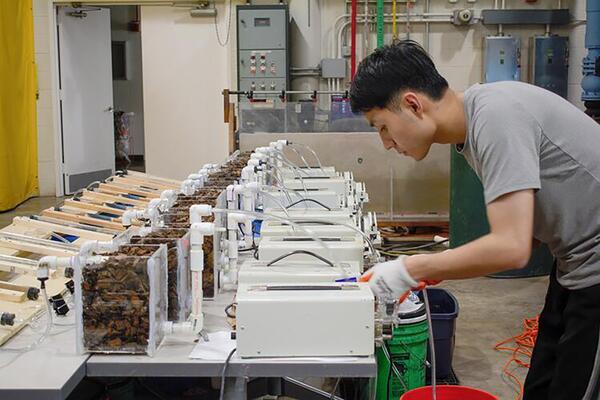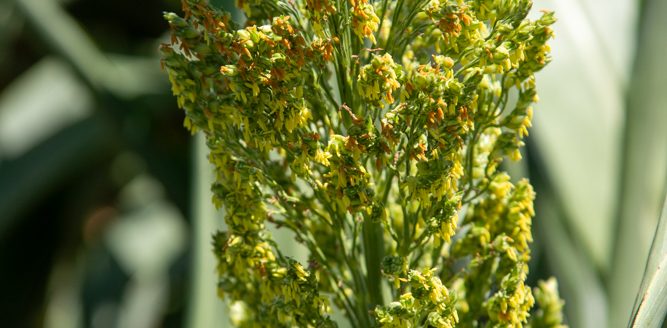
What happens to ibuprofen after it eases your throbbing headache? Like many pharmaceuticals, it can remain in an active form when our bodies flush it out. That’s a problem, because although wastewater treatment plants are good at reducing nutrient pollutants in water, they aren’t designed to remove pharmaceuticals and personal care products. So antibiotics, hormones, and other drugs are sent back into streams and onto crop fields.
In a new University of Illinois Urbana-Champaign study, researchers show how a simple system using woodchips and a bit of glorified sawdust can dramatically reduce nitrogen, phosphorus, and multiple common drugs in wastewater.
“Even at low concentrations, pharmaceuticals and personal care products (PPCPs) can degrade water quality, disrupt ecosystems, promote antibiotic resistance, and lead to bioaccumulation in wildlife. While nutrients like nitrogen and phosphorus cause visible problems like harmful algal blooms, PPCPs pose potential risks, particularly through long-term exposure in vulnerable populations. Both issues highlight the need for better wastewater management,” said study author Hongxu Zhou, who completed this study as a doctoral student in the Department of Agricultural and Biological Engineering, part of the College of Agricultural, Consumer and Environmental Sciences and The Grainger College of Engineering at U. of I.
Zhou and his collaborators knew woodchip bioreactors — woodchip-filled tanks or trenches through which water flows — efficiently remove excess nitrogen in water. This is thanks to microbes living in and on the woodchips; they “eat” nitrate, turning it into harmless nitrogen gas. The team developed a novel designer biochar — in this case, sawdust pretreated with lime sludge and then slow-burned into a charcoal-like material — could bind phosphorus and certain PPCPs. The large surface area and composition of the designer biochar cause chemical compounds to stick and not let go.
Read the full release from the College of ACES.




